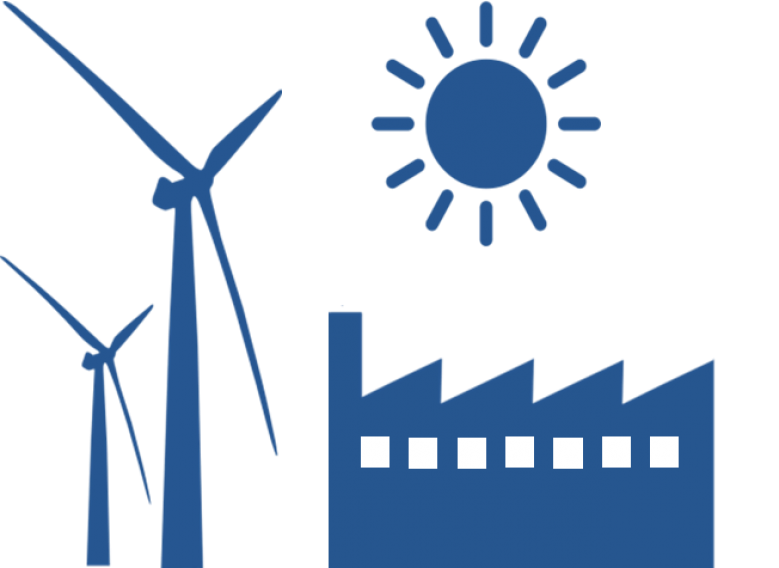
Brown Bag Discussion on Reliability Challenges and Solutions: What can the U.S. learn from Europe about integrating intermittent renewables?
Webcasting is available for this event!
- Join: https://zoom.us/j/268230188
- US: +1 646 558 8656 or +1 669 900 6833
- Meeting ID: 268 230 188
Hear leading experts on grid reliability speak about the challenges encountered in Europe and how the U.S. plans to deal with those challenges in its quest to integrate increasing amounts of clean--but intermittent--renewable generation into the grid.
In Germany, the much-vaunted push to replace fossil fuels with wind and solar power has resulted in renewables now accounting for around 20% of electricity consumed. Central and Eastern Europe also have achieved remarkable progress in attracting renewable energy investments due to generous subsidies, called Feed In Tariffs (FiT), similar to Germany's. California and Texas are leading the way in the U.S. with our own price support mechanisms.
But these successes have had unintended consequences. As the penetration of renewables has increased in Germany, Central and Eastern Europe, so has concerns over long term reliability because intermittent resources require hefty back-up power. New challenges are emerging as base-load nuclear plants being shuttered in Germany over the next five years, and grid-level energy storage still in the early stages of development.
Renewables have also wreaked havoc with bulk market prices, not only in Germany, but in Texas and California. It is costly for fossil-fired plants to reduce their output when intermittent renewables are producing an abundance of electricity and just as costly to ramp up again when there is a deficit. As a result, wholesale prices have dipped into negative territory when all sources of production have been engaged.
Grid stability has been another problem in Europe caused by oversupply of electricity when the sun is blazing and the wind is howling. Sudden surges of excess power from Germany have caused grid stability problems in Poland and the Czech Republic. Similar problems with loop flows have caused headaches in Central and Eastern Europe.
No one can afford to underestimate the need for back-up supply, as South Australia, which gets 40% of its electricity from wind, found out to its chagrin last year. It suffered several large-scale blackouts due to the lack of dispatchable back-up generation when the wind dropped. While the U.S. Secretary of Energy's proposal to shore up coal and nuclear plants was short-lived, FERC initiated a new proceeding in January on grid reliability and resilience pricing.
Finally, there is the issue of equity. Renewables are expensive and most of the homes that have added solar panels in Europe and the U.S. to take advantage of net metering have been wealthier ones. Increased retail electricity prices due to high FiTs in Bulgaria caused mass demonstrations and brought down the government in 2013.
What do these lessons mean for the U.S.? Are we better prepared to deal with these challenges? Can we avoid similar stumbling blocks in our effort to move toward a more balanced and efficient electric grid? Our speakers will take us through both the European and the U.S. experiences and discuss possible short and long term solutions.




